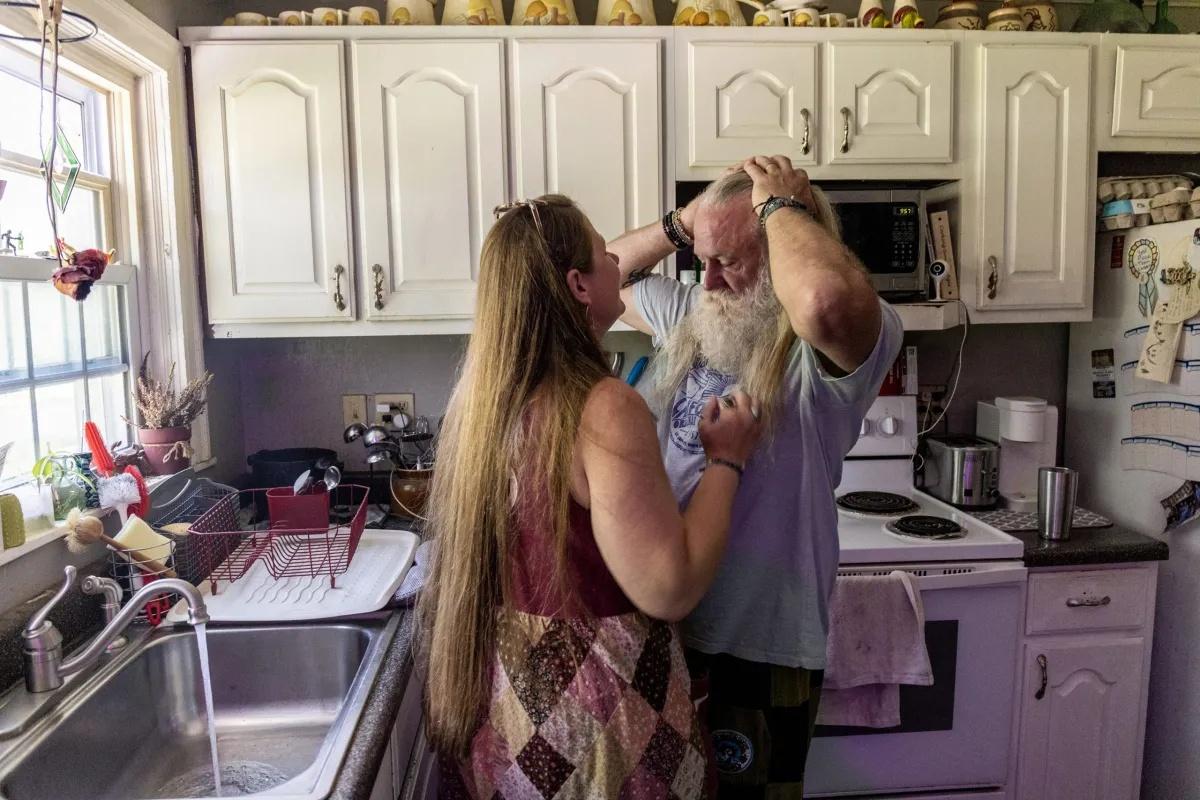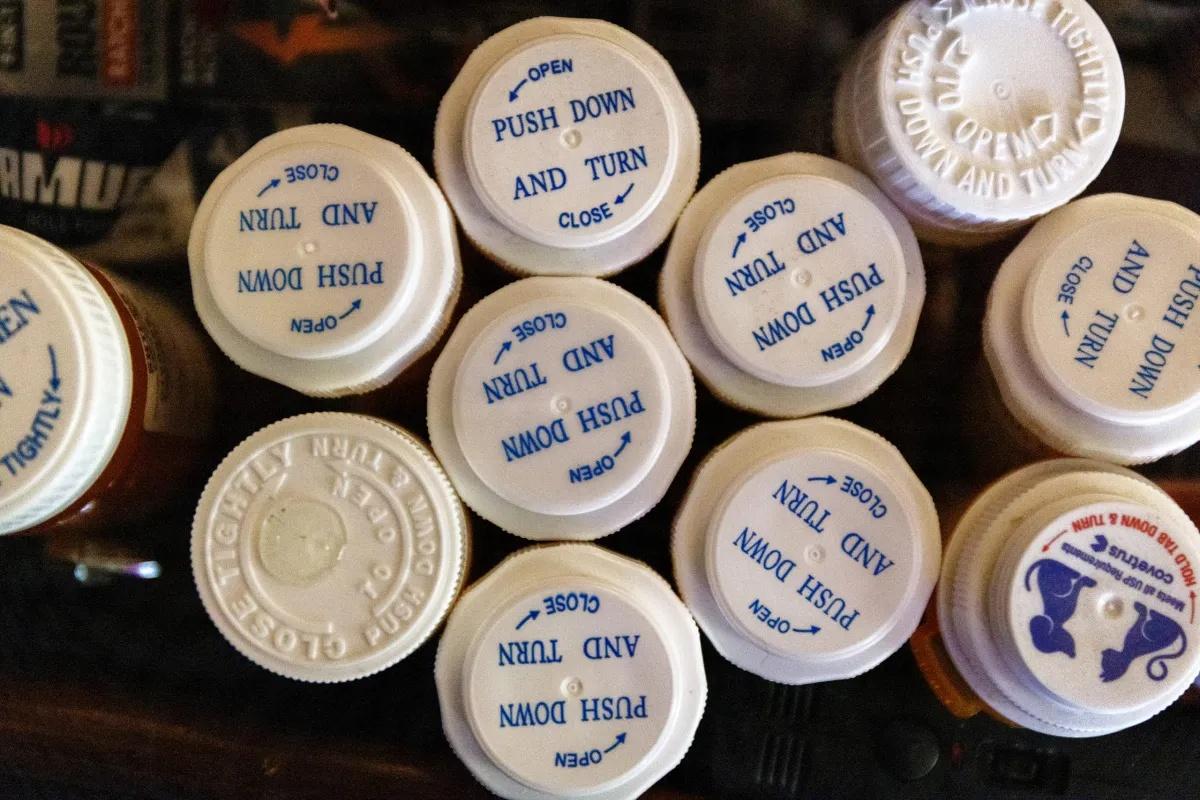CORINTH — Crystal and Tim Dotson were spooked after watching “The Devil We Know,” a documentary about how the scarily named “forever chemicals” contaminated public soils and streams for decades.
Curious to know if the chemicals, also called PFAS, were affecting them, the Dotson decided to have their water tested. As they discovered, their water contained PFAs at levels much higher than what public health experts consider safe.
“It was staggering,” Crystal Dotson told Mississippi Today.
The revelation came from a study of Mississippi’s tap water — conducted by Consumer Reports in partnership with Mississippi Spotlight, a collaboration between Mississippi Today and other news partners — that tested samples from 149 connections around the state, including all 82 counties.
For years, PFAS were a staple of manufacturing consumer products because of their resilience to natural factors. In some cases, the chemicals are thought to never break down in the environment. Because of PFAS’ fortitude and widespread use, government studies have estimated that nearly every American has at least some trace of the chemicals in their bloodstream.
The Consumer Reports study echoed that concern: almost all of the samples tested – 98% – revealed some level of PFAS from the volunteers’ tap water. But, much like with other contaminants, there are varying opinions on what amount of PFAS people should be allowed to consume.
The Consumer Reports study also tested for heavy metals, including arsenic, cadmium, mercury and lead. Those results were mostly in line with standards set by the Environmental Protection Agency, which determines the legal level of contaminants allowed in public drinking water. The one exception was a sample in Carroll County, which exceeded the EPA’s action level for lead by 22 percent.
While the Centers for Disease Control and Prevention says more research is needed to know what amount of PFAS is dangerous for humans to consume, studies show high concentrations can lead to reproductive issues, developmental effects, different types of cancer, and a weakened immune system.
The EPA has yet to regulate PFAS’ presence in drinking water, which means there’s no legal limit that local governments have to adhere to. In recent years the agency has put out a wide-range of recommended levels for PFAS consumption. Finally, earlier this year, the EPA began its process of creating a legal standard for the chemicals, proposing a limit of 4 ppt, or parts per trillion, for PFOS and PFOA, two of the more common types of PFAS.
Advocacy groups like the Environmental Working Group are far more wary, arguing that any amount of PFAS can be harmful for people to consume, as the chemicals can accumulate in a person’s body over time.
“We have hundreds and hundreds and hundreds of studies that show the linked health effects, and we know that no level of PFAS in your drinking water (is safe) because it affects the human body at such low levels,” said Tasha Stoiber, a senior scientist at EWG.
Regardless of the standards, most would agree the level of PFAS in the Dotsons’ tap water in Corinth is unsafe. Their sample returned a “total PFAS” level – the sum of over 40 different types of the chemical – of 92 ppt. For reference, the International Bottled Water Association uses a limit of 10 ppt. Their levels for PFOS and PFOA were 11 ppt and 8 ppt, respectively, which are both at least twice the level of what the EPA is looking to enforce.
While it’s nearly impossible to trace specific health symptoms to water contamination, the Dotsons say they’ve encountered a myriad of concerns since moving to their Corinth home five years ago. Tim has suffered recent bouts with kidney disease, cancer, and high blood pressure, the latter two of which have been linked to PFAS.
The Dotsons and their four kids, who have lived in Corinth for 10 years, drink the tap water through a Brita filter, but standard filters like those can’t fully eliminate PFAS. Crystal and Tim, who both live off government disability payments, said they can’t afford more advanced filtration systems (For reference, both EWG and Consumer Reports have compiled lists of filters aimed at PFAS.).
(Consumer Reports has identified four water filters, including two pitchers and two under-sink models, that can help consumers filter out forever chemicals. EWG also has compiled a list of filters aimed at PFAS.)
While the couple were encouraged by recent settlements in civil litigation against manufacturers like DuPont and 3M, they’re scared of what the water might be doing to their family’s bodies.
“It’s the only water that we have,” Crystal said. “This is our home.”






